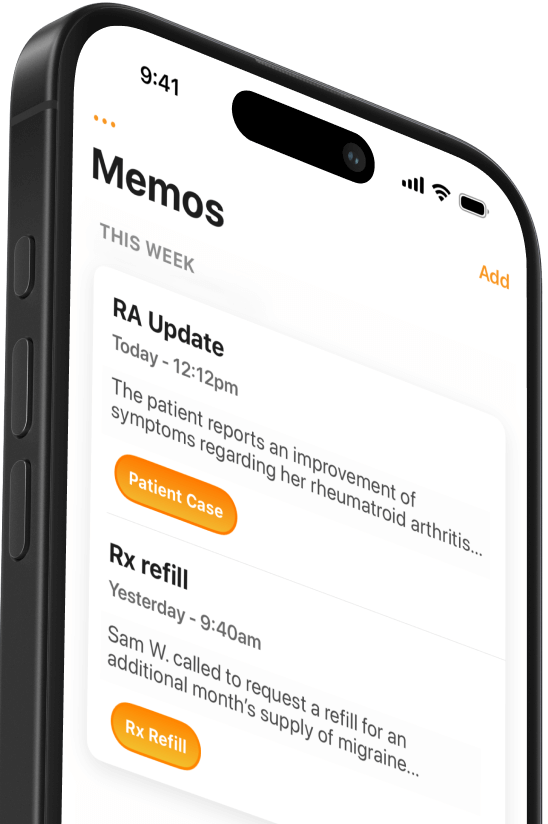The most anticipated medical technologies of 2017
2016 brought breakthroughs in wearable sensors and remote monitoring. What's next? From self-driving cars to surgical VR, here's what to watch for in 2017.


Popular articles
2016 has been a big year for healthcare technology, with exciting developments in wearable sensors, remote patient monitoring, internet security, and much more. But alas, it’s almost time to watch the ball drop and sing Auld Lang Syne.
Here are 5 anticipated medical technologies of 2017:
1. Self-driving Cars
I know, self-driving cars probably aren’t the first thing you imagine when you think ‘medical technology breakthrough’. But with about 38,000 fatal car crashes every year, automobile accidents remain a leading cause of death and disability in the U.S. To put things in perspective, that’s about half the fatalities from diabetes and two-thirds the number of deaths from influenza and pneuomonia. Annual medical costs associated with vehicle accidents are estimated at nearly $23 billion. That’s why ‘automated car safety features and driverless capabilities’ placed 5 out of 10 for the Cleveland Clinic’s 2017 list of the top medical innovations. While 2016 saw Tesla’s first self-driving vehicles a fleet of Uber self-driving cars in Pittsburgh, most of us still have to take the wheel ourselves. However, 2017 is expected to be the year that driverless cars enter the mainstream, with new models expected from Mercedes, Google and Volvo. We may look back on 2017 as the year that ushered in a world without vehicle fatalities.
2. Augmented reality and 3-D visualization for surgery
Surgery is about to get some new tools. While surgeons sometimes rely on tiny camera systems to operate, they often revert to their own eyes and interpretations to perform the most precise tasks. This can create problems for surgeons in the most intricate fields, who suffer from neck and back pain from sustained sessions with their heads down and peripheral vision limited. In the past year or two, neurosurgery and retinal microsurgery have been experimenting with technology that keeps surgeons’ heads up to back while immersing them in a high resolution 3D representation of their subject. Surgeons piloting the technology say it has helped them operate more efficiently and effectively, and several hospitals plan to adopt these virtual reality tools in 2017.
3. Interoperability goes live
Interoperability has been in the works for years, but 2017 marks the release of FHIR (Fast Healthcare Interoperability Resources). FHIR is a long-awaited tool built to help interpret between healthcare systems that have developed their own data structures and languages.
The first release will focus on clinical data like images and medications, with a subsequent release for administrative data like billing and demographics. Beyond improving interoperability between individual systems, FHIR has huge implications for data-driven research and development. By building to a FHIR standard, innovators and entrepreneurs will finally have the possibility to build smart, data-driven technologies.
4. New insulin delivery and glucose monitoring devices
With a slew of new products ready to launch, life is about to get easier for the nearly 30 million Americans living with diabetes. New insulin delivery pumps and glucose monitoring meters mean fewer injections and fingersticks, less data overload, and less worry. One of the most exciting products is ViaCyte’s beta cell replacement therapy, which hopes to one day replace insulin injections completely. This tiny ‘encapsulation’ of perforated plastic is implanted in a patient’s body, where hundreds of thousands of beta cells produce just the right amount of insulin to control blood glucose levels. While Viacyte’s encapsulation won’t be ready for the market next year, the Phase 1 and 2 trial will wrap up in mid-2017. If the product is safe and working well, the next stop could be consumers.
5. Tricorder XPRIZE
Originally announced nearly five years ago, Qualcomm’s Tricorder XPRIZE competition will finally wrap up in Q2 2017. The $10 million prize will go to one of two finalist teams working to build a real-life Tricorder: a small handheld device that can accurately sense a large number of vital signs and detect various diseases.
Inspired by the iconic sci-fi show Star Trek, the Tricorder is envisioned as a tool to help consumers make their own reliable health diagnoses on-the-go, using artificial intelligence, wireless sensing, imaging diagnostics, and molecular biology. By advancing improvements in personal health, the competition hopes to drive innovation that makes healthcare more convenient, affordable, and accessible.
Related Articles


We Get Doctors Home on Time.
Contact us
We proudly offer enterprise-ready solutions for large clinical practices and hospitals.
Whether you’re looking for a universal dictation platform or want to improve the documentation efficiency of your workforce, we’re here to help.


